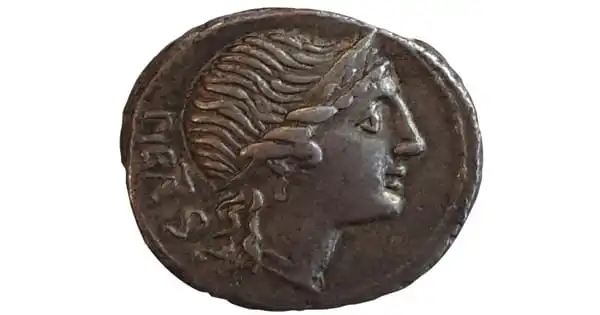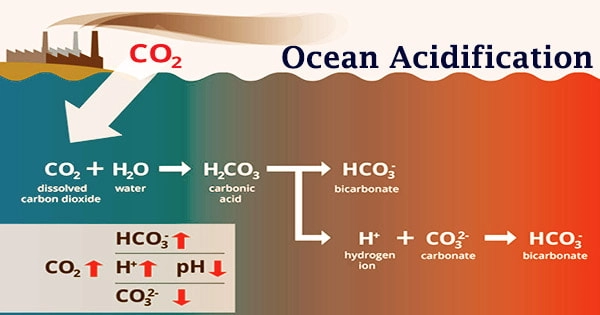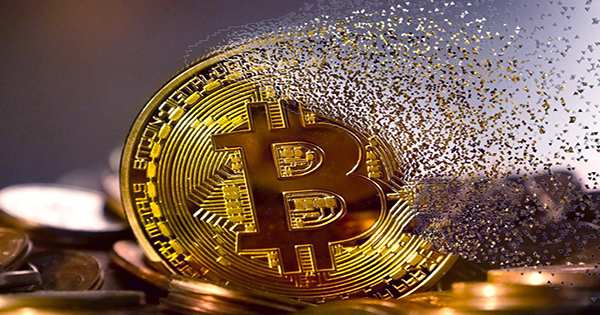Although the history of ancient Iberian coinage dates back to the fifth century BC, extensive minting and circulation in the Iberian peninsula did not begin until the late third century, during the Second Punic War. Civic coinages – emissions made at the discretion of individual communities – persisted for the first two and a half centuries of Roman rule, until they were phased out in the mid-first century AD. During this period, some non-civic coins were produced on behalf of Roman emperors and continued to be minted after the suspension of municipal coinages. Following the discontinuation of civic coinages, these Imperial coins were the only coins made in Iberia until the Suebi and Visigoth currencies.
Despite its previous status as a luxury item, silver became widely used for coinage in the Roman world beginning in the 7th century BCE and provided an ancient Mediterranean civilization with a uniform monetary system. However, the silver sources utilized to make Roman coins have mostly been depleted, making it difficult to pinpoint which mines Roman miners mined.
A new study published in the journal Geology examined silver sources from various mining provinces in the Iberian Peninsula to discover which areas may have been mined for silver to manufacture Roman coins.
The method described here will enable us to identify the lost mine deposits that provided silver to the Eastern Mediterranean empires from the Bronze Age until the fall of Hellenistic powers.
Jean Milot
“The control of silver sources was a major geopolitical problem, and the identification of Roman silver sources may help archaeologists reconstruct old fluxes of precious metals and answer crucial historical questions,” said Jean Milot, the study’s primary author.
The Iberian Peninsula, which encompasses contemporary Spain and Portugal, is home to world-class silver reserves, particularly in the south. These deposits contain galena, which is the primary ore of lead and a significant source of silver. To extract silver, galena ore is melted and purified, with refined silver for coin minting capable of reaching a purity of more than 95%.
The team of experts studied the silver and lead compositions of galena samples from ore sites around the Iberian Peninsula and compared the results to the chemical signatures of silver Roman coins to track down the source of Roman silver.
Based on the silver elemental composition of the samples, they identified two types of galena deposits: silver-rich galena, which would have been a likely source for Roman coinage, and silver-poor galena, which would have been exploited for lead only and would have been of lesser economic importance.

Few of the ore samples, however, had a composition that matched the silver elemental makeup of Roman silver coins. Compositional variety in silver-bearing ores was extensive, yet Roman coins exhibit a very narrow elemental composition range.
The ore resources from southeastern Spain best fit the composition of Roman coins based on the lead elemental signatures of the galena samples, implying that these deposits were a key source of Roman silver. Both silver-rich and silver-poor galena deposits were most likely exploited here, with lead derived from silver-poor galena being able to be combined with other ores to extract silver.
The number of communities issuing coins began to decline about the mid-first century BC, and Latin legends became standard throughout the Peninsula. Coins were now primarily issued by more important towns that had obtained favored legal status from victorious Roman generals in the Civil Wars and later from the new Julio-Claudian emperors Augustus and Tiberius.
Many of the coins issued announce the new status of emitting towns as Roman coloniae or municipia, and specific civic imagery was used in ways that were very comparable to those seen in other Roman provinces and media. These issuances are sometimes referred to as (Roman) Provincial coins. Volume I of the Roman Provincial Coinage is the major catalogue for these coins (RPC).
These chemical analysis-based findings are also consistent with archaeological evidence for historic mining activities in the region. This combined analytical toolset distinguishes between silver-rich deposits and deposits devoid of silver ore, which is crucial for understanding the dynamics of silver supply during the Roman period.
“This effort has to be expanded to the silver-rich region where currency was established in the sixth century BCE, Greece and Asia Minor (now Turkey),” Milot added. “The method described here will enable us to identify the lost mine deposits that provided silver to the Eastern Mediterranean empires from the Bronze Age until the fall of Hellenistic powers.”
















